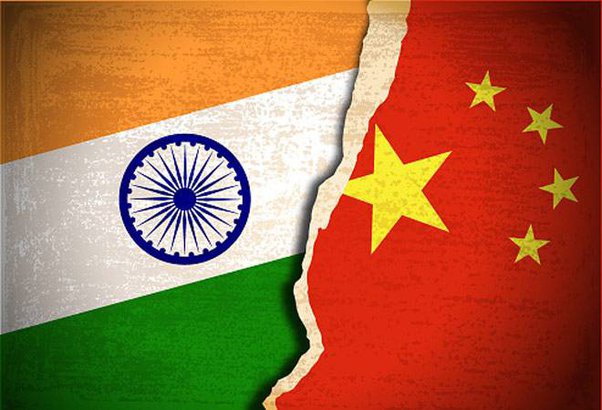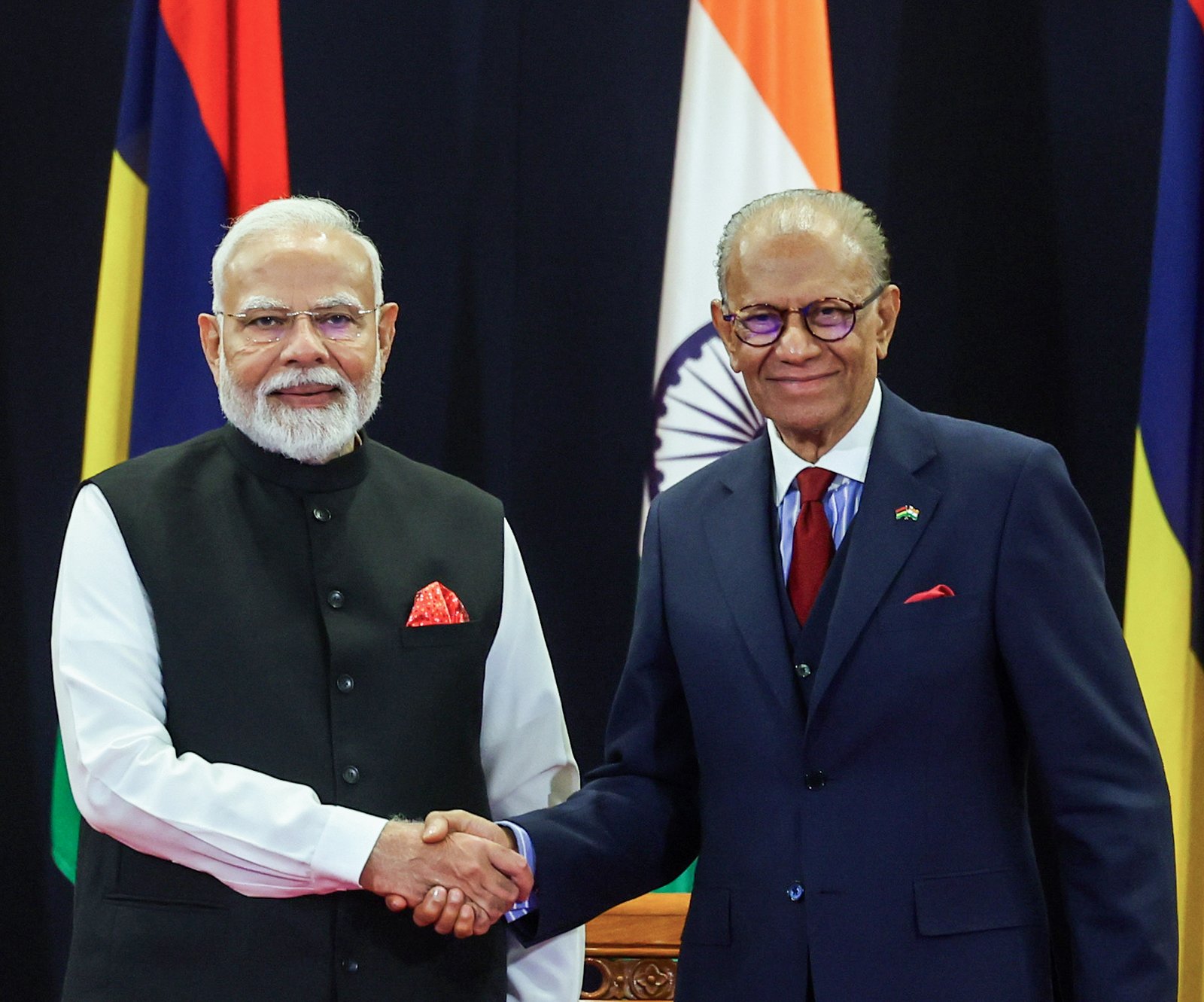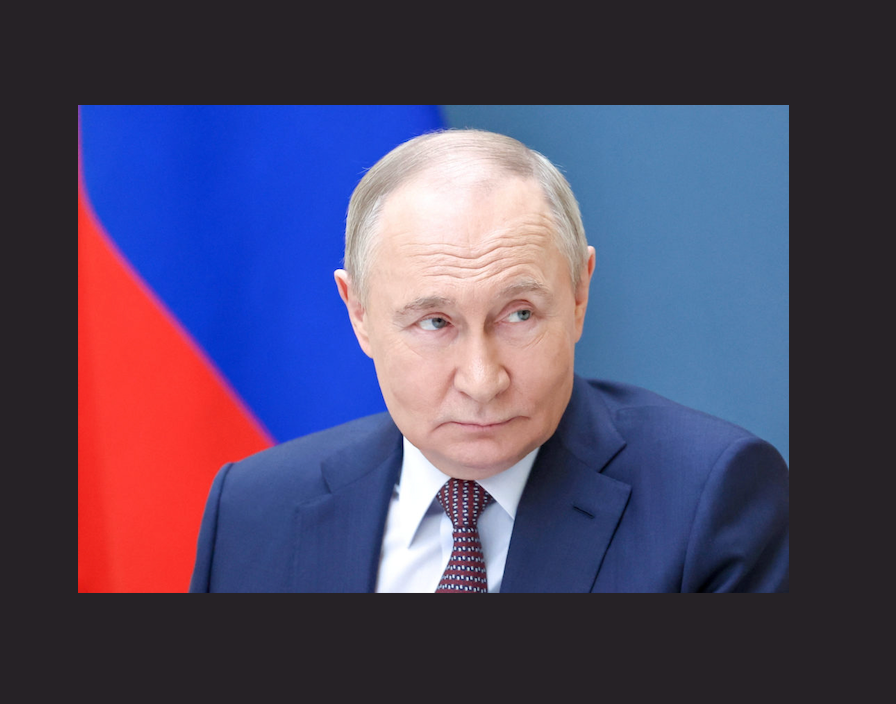Over the last decade, the enrollment of international students from India has doubled, reaching about 1.8 million attending US campuses
In a noteworthy shift, Indian students have surpassed their Chinese counterparts in the hi-tech talent pool in Western countries. The latest data from the US Department of Homeland Security reveals that there are over 320,000 active Indian student visa holders in the United States, compared to around 254,000 from China, marking the first time in 15 years that China doesn’t provide the largest number of foreign students to America.
Over the last decade, the enrollment of international students from India has doubled, reaching about 1.8 million attending US campuses. The surge continued in 2022, with 64,300 Indian students heading to the US, while China’s numbers dropped to 24,796. This trend is mirrored in the UK, where India overtook China as the primary recipient of student visas.
The shift is attributed to factors such as anti-Chinese sentiment and higher-paying job opportunities in China. As a result, the US will increasingly rely on Indian and other international students for maintaining leadership in scientific research, defense technology, and the hi-tech industry.
While both Indian and Chinese students share a strong work ethic, differences in leadership styles are often noted. Some argue that individuals from India are better suited for leadership roles, while those from China excel in problem-solving. However, caution is urged in over-interpreting such generalizations, as brain structure, as indicated by a 2017 study, is influenced by various factors such as customs, lifestyle, literature, and art.
As the competition for global talent intensifies, understanding and leveraging the strengths of both Indian and Chinese students will be crucial for maintaining leadership in various fields
Recent studies have also suggested differences in brain structure among ethnicities, including Indian and Chinese populations. However, researchers emphasize the need for large sample sizes and careful interpretation to avoid racial discrimination.
The impact of this shift in the talent pool on America’s global competence remains uncertain. Chinese students have historically made significant contributions in scientific fields, but changing dynamics may reshape the landscape. Observations indicate that Indian students are perceived as more open and communicative, possibly due to their familiarity with English, a key advantage resulting from India’s English-medium education system.
Despite the shift, opinions vary on the strengths of each group. Chinese students are often viewed as diligent and reliable, while Indian students are praised for their communication skills but may be considered less reliable in practical task completion. As the competition for global talent intensifies, understanding and leveraging the strengths of both Indian and Chinese students will be crucial for maintaining leadership in various fields.
**********************************************************
Readers
These are extraordinary times. All of us have to rely on high-impact, trustworthy journalism. And this is especially true of the Indian Diaspora. Members of the Indian community overseas cannot be fed with inaccurate news.
Pravasi Samwad is a venture that has no shareholders. It is the result of an impassioned initiative of a handful of Indian journalists spread around the world. We have taken the small step forward with the pledge to provide news with accuracy, free from political and commercial influence. Our aim is to keep you, our readers, informed about developments at ‘home’ and across the world that affect you.
Please help us to keep our journalism independent and free.
In these difficult times, to run a news website requires finances. While every contribution, big or small, will makes a difference, we request our readers to put us in touch with advertisers worldwide. It will be a great help.
For more information: pravasisamwad00@gmail.com










